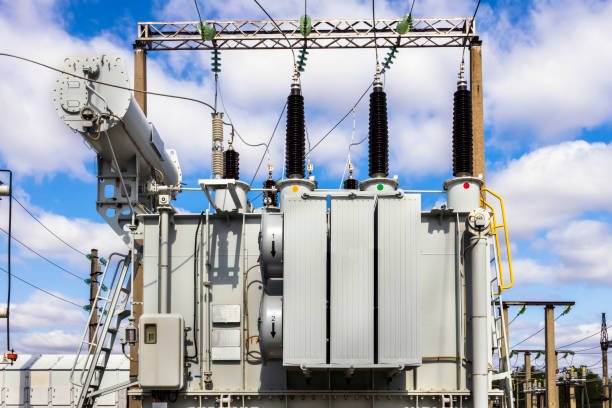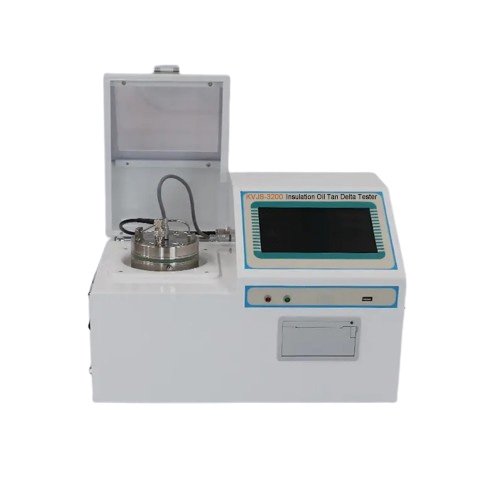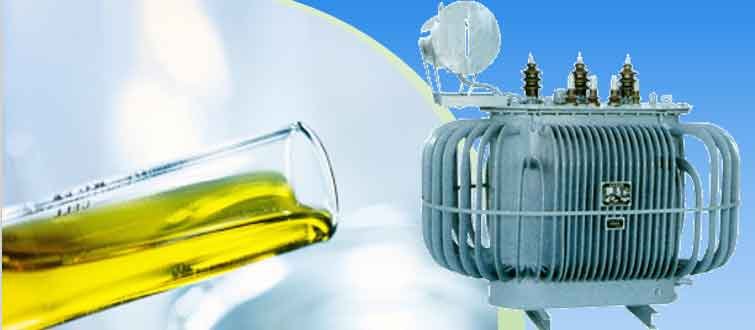What is Gas Chromatography?
Gas Chromatography (GC) is an analytical technique used to separate, identify, and quantify compounds in a mixture that can be vaporized without decomposition. It is especially effective for analyzing volatile and semi-volatile organic compounds. The technique is widely used in fields such as environmental science, pharmaceuticals, forensics, food safety, and petrochemicals.
In GC, a sample is vaporized and carried by an inert gas (carrier gas) through a column coated with a stationary phase. As the sample travels through the column, its components interact differently with the stationary phase and separate based on their chemical properties and volatilities.
How Does a Gas Chromatography Machine Work?
A gas chromatography (GC) machine works by separating a chemical mixture into its individual components. It uses a carrier gas to push the sample through a long, thin tube called a column. Different components travel at different speeds and are identified by a detector as they exit. It might sound complex, but the principle is quite straightforward. Think of it as a race where different runners (the chemical components) have different abilities, so they reach the finish line (the detector) at different times. This process is crucial for many industries, especially for us in the high-voltage testing world. It allows us to perform Dissolved Gas Analysis (DGA) on transformer oil, which is like giving a transformer a blood test to check its health.
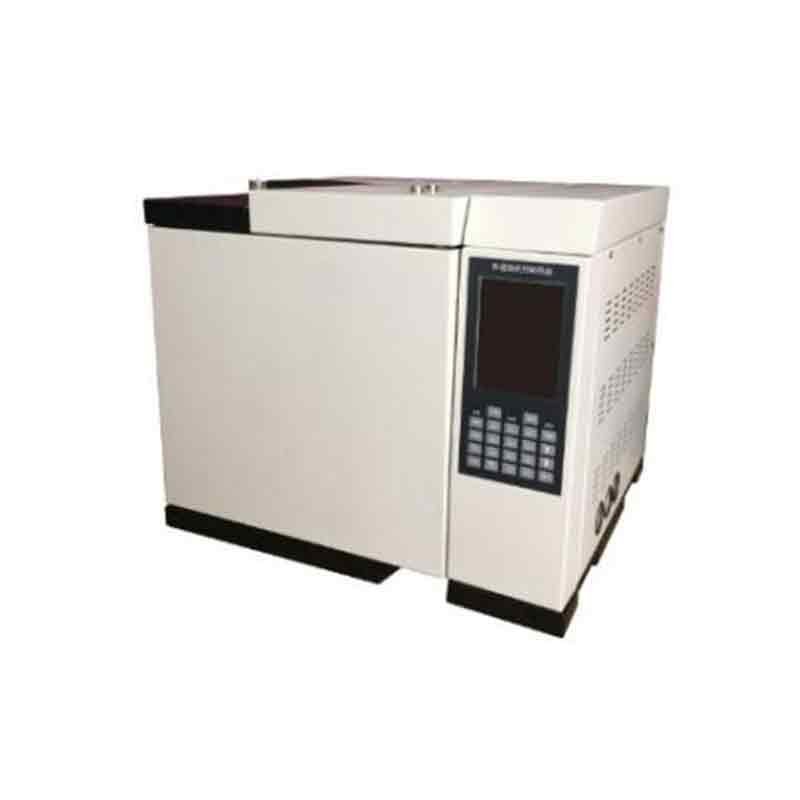
The operation of a gas chromatograph like Oil Dissolved Gas Analyzer KVSP-H involves several key components and steps:
- Sample Injection
The sample is introduced into the system via an injector, which vaporizes the sample instantly. The KVSP-H supports various injection methods, including packed column injection, capillary injection, and automatic headspace injection. - Carrier Gas Flow
An inert carrier gas (e.g., nitrogen, helium, or hydrogen) transports the vaporized sample through the column. The flow is controlled by mechanical valves or electronic pressure/flow controllers (EPC/EFC) [file content]. - Chromatographic Column
The column is housed in a temperature-controlled oven. It contains the stationary phase that interacts with the sample components. The HYGC-1189 supports both packed and capillary columns and features a 16-step programmable temperature ramp to optimize separation [file content]. - Separation Process
As the sample travels through the column, its components separate based on their interaction with the stationary phase and their boiling points. Each compound exits the column at a different time (retention time). - Detection
Separated compounds are detected by one or more detectors:
FID (Flame Ionization Detector): Highly sensitive to hydrocarbons; ideal for organic compounds.
TCD (Thermal Conductivity Detector): Universal detector; suitable for inorganic gases.
Nickel Catalyst Converter: Converts CO and CO₂ to methane for FID detection, enhancing sensitivity for trace gases [file content].
- Data Processing
Signals from the detectors are digitized and processed by a networked workstation. The HYGC-1189 supports Ethernet communication and can be remotely monitored and controlled. It allows real-time data analysis, storage, and reporting [file content].
Why is a Gas Chromatography Machine Essential for Transformer Oil Analysis in Power Utilities?
A transformer failing without warning is a plant manager’s worst nightmare. The resulting unplanned outage can halt operations, leading to catastrophic costs and safety risks. This is a problem you can prevent.
A gas chromatography machine is essential because it performs Dissolved Gas Analysis (DGA), the single most effective “blood test” for a transformer. It precisely measures fault gases dissolved in the oil, detecting issues like overheating or internal arcing long before they cause a catastrophic failure.
This powerful diagnostic capability is the foundation of modern predictive maintenance. It allows engineers to see what’s happening inside a sealed unit and take proactive steps.
Why is gas chromatography used for transformer oil?
You need to know the health of a sealed transformer, but you can’t see inside. Ignoring hidden internal faults can lead to a sudden, complete breakdown of the equipment. Gas chromatography provides the clear vision you need. It is used for its unique ability to separate a complex mix of gases and measure the exact amount of each one. This precision allows engineers to identify specific fault types, like overheating or electrical arcing, by analyzing the unique gas “fingerprint” created inside the transformer.
As a manufacturer of oil chromatography testers, I often explain to clients that this isn’t just a simple test; it’s a detailed investigation. When a transformer is under stress, its insulating oil and paper break down, releasing specific gases.
Gas Chromatography machine takes a small sample of this oil, extracts the dissolved gases, and injects them into a special column. Different gases travel through this column at different speeds, so they come out one by one to be measured. This separation is the “chromatography” part. The result is a precise list of gases and their concentrations in parts-per-million (ppm). This data allows a maintenance engineer to distinguish between a minor issue and a critical one that requires immediate action.
| Aspect | Without Gas Chromatography | With Gas Chromatography (DGA) |
|---|---|---|
| Fault Detection | Blind to incipient faults. Problems are found only after a failure. | Detects faults at their earliest stages by identifying key gases. |
| Specificity | Cannot determine the type or location of the problem. | Identifies specific fault types (e.g., arcing, overheating, corona). |
| Maintenance Strategy | Reactive. “Fix it after it breaks.” High costs and long downtime. | Predictive. “Plan repairs before it fails.” Minimizes downtime and cost. |
| Cost Impact | Catastrophic failure costs, including collateral damage and lost revenue. | Lower maintenance costs, extended asset life, and improved reliability. |
What are the 9 gases in DGA (Dissolved Gas Analysis)?
You have a DGA report full of gas names and numbers, but it’s confusing. Misinterpreting this data can lead you to take the wrong, costly action or no action at all. Knowing the key fault gases is essential. The main gases monitored are Hydrogen (H₂), Methane (CH₄), Ethane (C₂H₆), Ethylene (C₂H₄), and Acetylene (C₂H₂). Carbon Monoxide (CO) and Carbon Dioxide (CO₂) are also checked to see the health of the paper insulation. Finally, Oxygen (O₂) and Nitrogen (N₂) are measured. Each of these gases tells a story about a specific condition inside the transformer. Think of them as symptoms of different illnesses.
For instance, Acetylene (C₂H₂) is a major red flag. It is only produced by very high-energy events like electrical arcing, which can destroy a transformer quickly. In contrast, Methane (CH₄) indicates low-temperature overheating, which is a less urgent, but still important, issue to monitor. A reliable gas chromatography machine is crucial because it must be sensitive enough to detect even tiny amounts of these gases and precise enough to tell them apart. This accuracy is what allows our clients, from power utilities to industrial plants, to confidently diagnose the health of their multi-million dollar assets.
| Gas | Chemical Formula | What It Indicates (Fault Type) |
|---|---|---|
| Hydrogen | H₂ | Partial discharge (corona), a low-energy electrical discharge. |
| Methane | CH₄ | Low-temperature overheating (< 300°C). |
| Ethane | C₂H₆ | Moderate-temperature overheating (300-700°C). |
| Ethylene | C₂H₄ | High-temperature overheating (> 700°C) of the oil. |
| Acetylene | C₂H₂ | High-energy arcing, a very severe fault (> 1000°C). |
| Carbon Monoxide | CO | Overheating and breakdown of solid paper/cellulose insulation. |
| Carbon Dioxide | CO₂ | Advanced degradation of paper insulation. |
| Oxygen | O₂ | Can indicate leaks in the sealed system or oxidation processes. |
| Nitrogen | N₂ | Typically present from the air or nitrogen blanket. |
What Are the Benefits and Limitations of Using Gas Chromatography?
You need to weigh the pros and cons before investing in a GC machine. Making the wrong choice can mean a wasted budget or, worse, missing a critical equipment fault that leads to a major outage. The main benefit of gas chromatography is its high sensitivity and accuracy for detecting fault gases in transformer oil. This enables early fault diagnosis and prevents costly failures.
However, its limitations include the high initial equipment cost, the complexity of operation, and the need for trained technicians. When we talk to clients, especially those managing large fleets of transformers or critical substations, the conversation always turns to return on investment. The upfront cost of a good gas chromatograph can seem high. However, the cost of an unplanned transformer failure is astronomically higher, often running into hundreds of thousands or even millions of dollars when you factor in equipment replacement, labor, and lost production.
According to industry analyses, a comprehensive preventive maintenance program using DGA can reduce the risk of major failures by over 50%. This is the core benefit. Yet, we must also be realistic about the challenges. Operating a GC machine and correctly interpreting a chromatogram requires specialized knowledge.
Balancing the Pros and Cons
To make an informed decision, it’s crucial to see the benefits and limitations side-by-side. This helps you understand where GC excels and where you might need to invest in training or processes to overcome its challenges.
| Benefits of Gas Chromatography | Limitations of Gas Chromatography |
|---|---|
| Early Fault Detection: Identifies incipient faults (like overheating or arcing) long before they become catastrophic, preventing major outages. | High Initial Cost: The equipment represents a significant capital investment compared to simpler testing tools. |
| High Sensitivity & Precision: Can detect fault gases at very low concentrations (parts per million), providing highly accurate and repeatable results. | Requires a Skilled Operator: Proper operation and, more importantly, accurate interpretation of the chromatogram requires training and experience. |
| Specificity: Not only detects a problem but also identifies the specific gases involved. This helps diagnose the type of fault (e.g., acetylene points to arcing). | Complex Sample Preparation: Extracting dissolved gases from oil can be a multi-step process that must be done carefully to avoid contamination. |
| Proven Methodology: DGA using GC is an internationally recognized standard (e.g., IEC 60599, IEEE C57.104) for transformer condition assessment. | Not an Instantaneous Test: The process, from sampling to getting a final report, can take time and is not suited for real-time, continuous monitoring. |
How does DGA support predictive maintenance in power generation?
Unplanned outages are a disaster for a power generation facility. A single transformer failure can shut down a turbine, leading to enormous revenue loss and potential grid instability. DGA allows you to predict and plan your maintenance work.
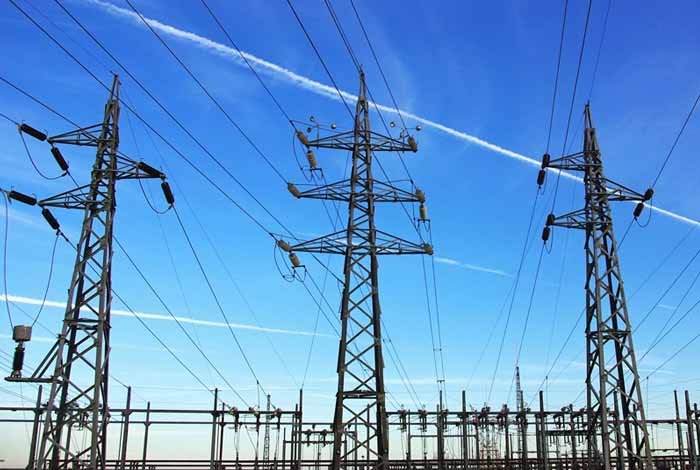
DGA changes maintenance from a fixed, time-based schedule to a smart, condition-based one. By analyzing gas trends over time, engineers can predict a fault’s development, schedule repairs during planned outages, and prevent catastrophic failures, maximizing uptime and plant reliability.
Predictive maintenance is a huge step up from older methods. Reactive maintenance means fixing things after they break, which is chaotic and expensive. Preventive maintenance is better, involving service at regular intervals, but you might be fixing things that aren’t broken or missing developing problems.
DGA enables true predictive maintenance. I have worked with many power plant engineers who use the data from oil chromatography testers to track the rate of gas generation. A sudden increase in a key gas like ethylene is a clear signal that a thermal fault is getting worse. This information allows them to order parts, schedule a maintenance crew, and perform a repair during a scheduled plant shutdown, turning a potential disaster into a manageable task.
| Maintenance Strategy | Description | Impact on Power Generation |
|---|---|---|
| Reactive Maintenance | “Don’t fix it unless it’s broken.” | Unplanned catastrophic failures, long and costly outages, high safety risk. |
| Preventive Maintenance | Service performed on a fixed schedule, regardless of condition. | Reduces some failures but can be wasteful and may not catch all developing faults. |
| Predictive Maintenance (with DGA) | Maintenance is scheduled based on the actual condition of the equipment, determined through DGA data and trending. | Maximizes uptime, prevents failures, extends asset life, and improves safety and budget planning. |
What industries rely on transformer oil analysis to prevent failures?
Transformer failures are not just a problem for power companies. In any heavy industry, a critical transformer failure can bring the entire production process to a halt. For this reason, many different sectors rely on DGA. Beyond power utilities, industries like heavy manufacturing, mining, oil and gas, railways, and large data centers all depend on transformer oil analysis. Any business where an uninterrupted power supply is essential for operations, safety, and profit uses DGA to prevent unexpected equipment failures. The need for reliable power is universal.
For a petrochemical plant, a transformer failure could be a major safety hazard. For a railway operator, it could shut down a major transit line. For a data center, it means lost data and services. All these industries have one thing in common: the cost of failure is far greater than the cost of a robust testing program. DGA provides the critical intelligence they need to protect their operations. It’s an investment in reliability that pays for itself many times over by preventing a single major outage.
| Industry | Why DGA is Critical | Example Application |
|---|---|---|
| Power Utilities | To ensure the stability and reliability of the electrical grid. | Monitoring large substation transformers that power entire cities. |
| Heavy Industry & Manufacturing | To prevent costly production stoppages and ensure worker safety. | Testing transformers at a steel mill or chemical processing plant. |
| Renewable Energy | To maximize energy output and revenue from wind or solar farms. | Checking the health of step-up transformers at a large wind turbine facility. |
| Transportation (Railways) | To guarantee the reliability of signal and power systems for trains. | Analyzing oil from traction power substation transformers. |
| Data Centers | Because an uninterrupted power supply is absolutely non-negotiable. | Regular DGA testing on the transformers backing up the facility’s power. |


